Put your notes in here. Type them, publish them, view them, edit them, save it and print them. Notes are stored locally, if you clear your browser history they will disappear. Notes are a great way to add your own notes, from other sources to this station.
Orthopaedic Skills And Examination
Shoulder Examination
Introduction
Wash your hands
Introduce yourself to the patient
Explain that you would like to examine their shoulder joint
Check whether they are in any pain and which the ‘bad’ shoulder is
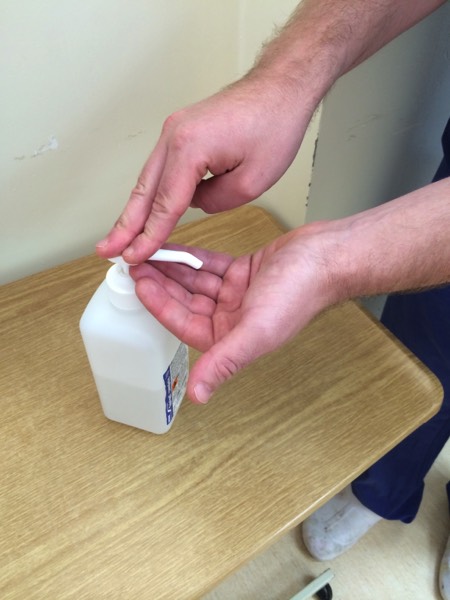
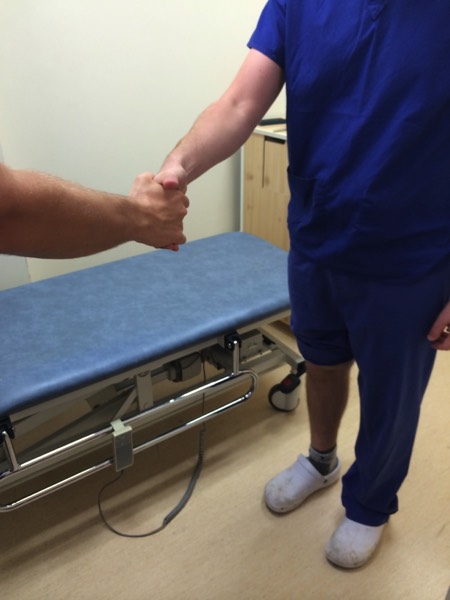
Look
From front, back and side
- Skin: Scars, bruising/skin changes, swelling
- Muscle: Asymmetry, deformity (winging of the scapula, wasting of deltoid)
- Bone & Joint: Position of both shoulders (dislocations)
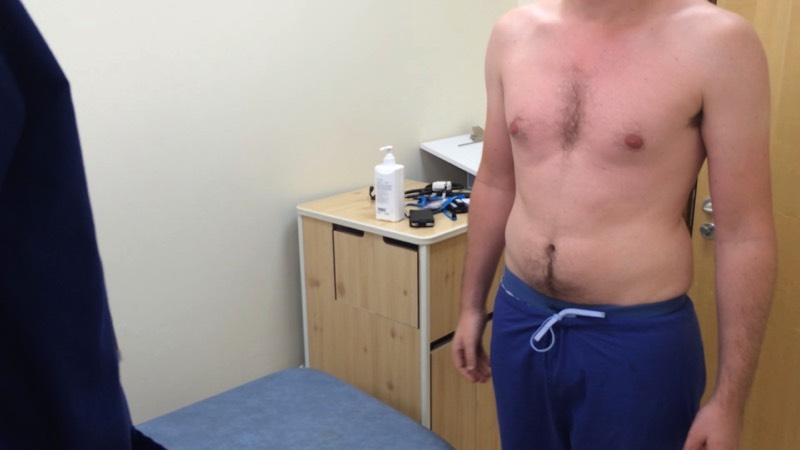
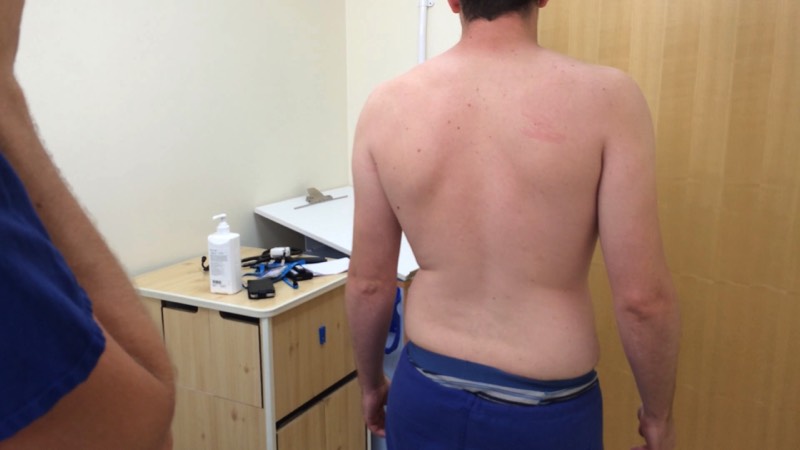
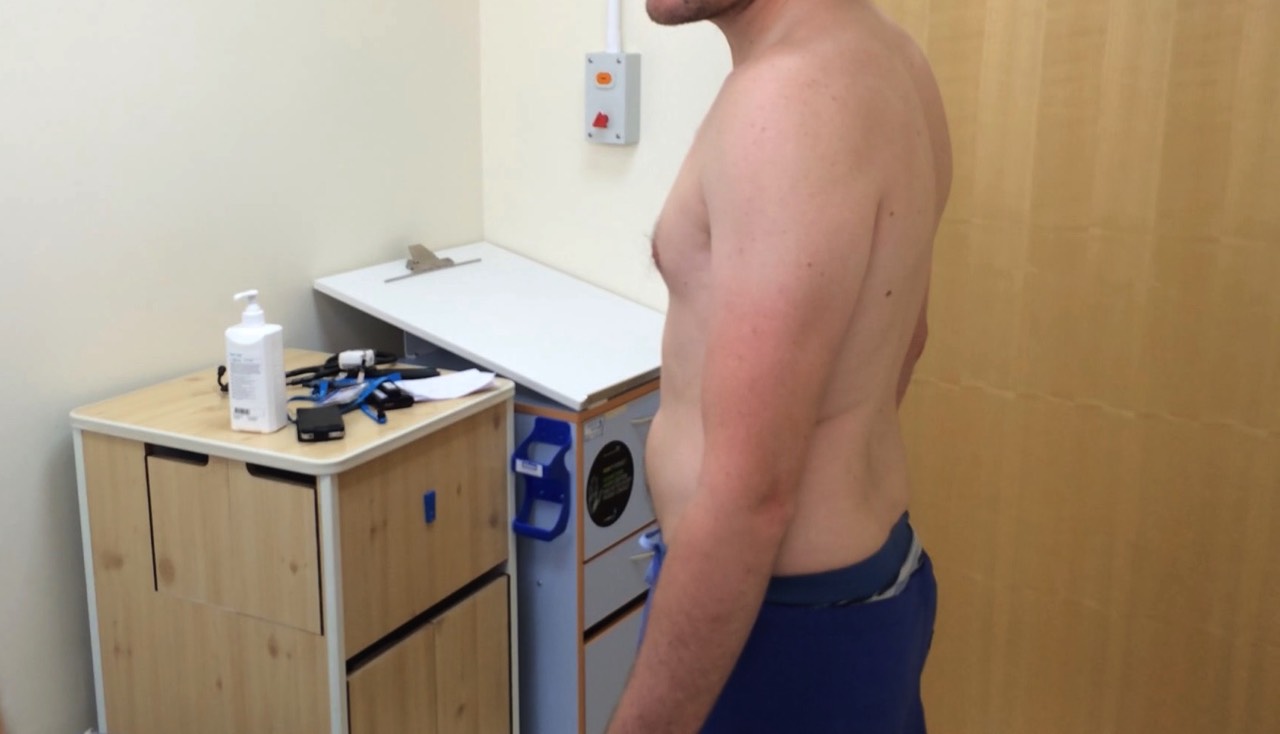
Feel
Temperature changes, tenderness or crepitus.
- Standing in front of the patient: Palpate sternoclavicular joint, clavicle, acromioclavicular joint, acromial process, head of humerus, coracoid process, spine of scapula.
- Standing Behind the patient: Check interscapula area for pain, feel for rotator cuff defects
- Palpate supraclavicular area for LNs.
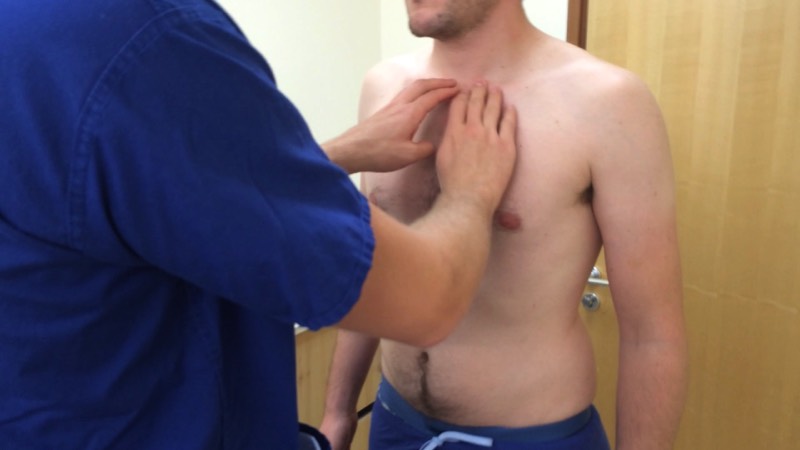
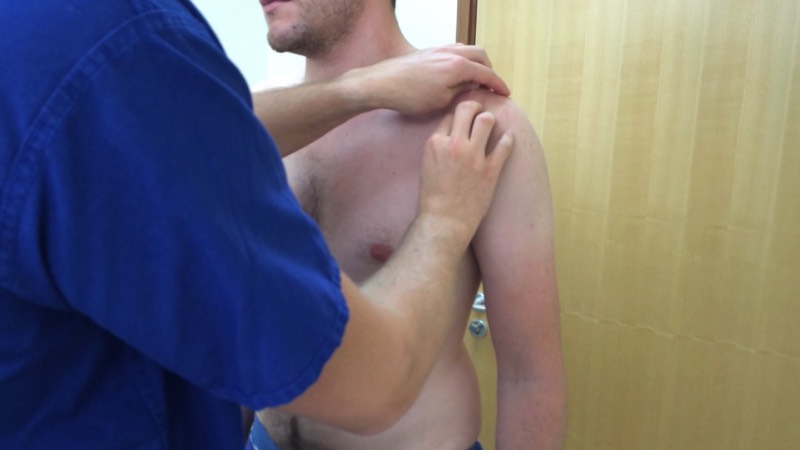
Move
Active (Patient moves) then Passive (Doctor moves) movements. Fell for crepitus during passive movements.
- Flexion (0-180°): Raise your arms forwards, up over your head.
- Extension (0-60°): straighten yours arms behind you as far as possible.
- Abduction (0-180°): Move your arms away from the side of your body until your hands are touching.
- Adduction (0-45°): : Cross your arms over the front of your body.
- External Rotation (0-90°): With your arms bent and elbows tucked into your sides move your hands outwards.
- Internal Rotation (0-90°): Bring your hands together again from the position above.
- Internal Rotation in adduction: Reach up behind your back and touch your opposite scapula.
- External Rotation in abduction: Put your hands behind your head.
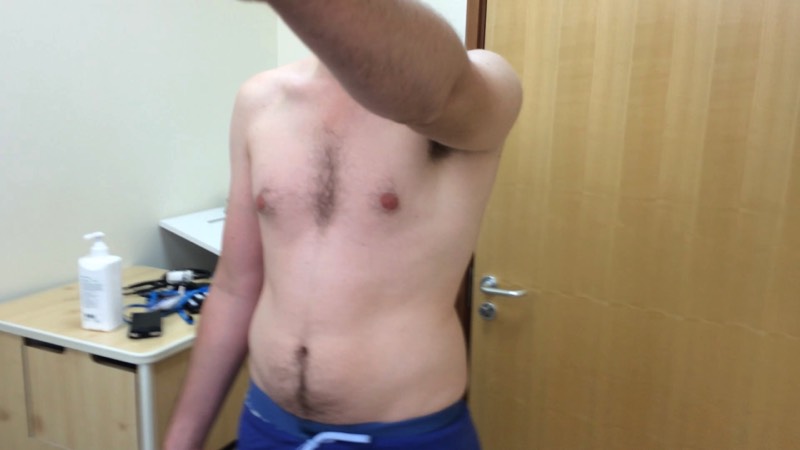
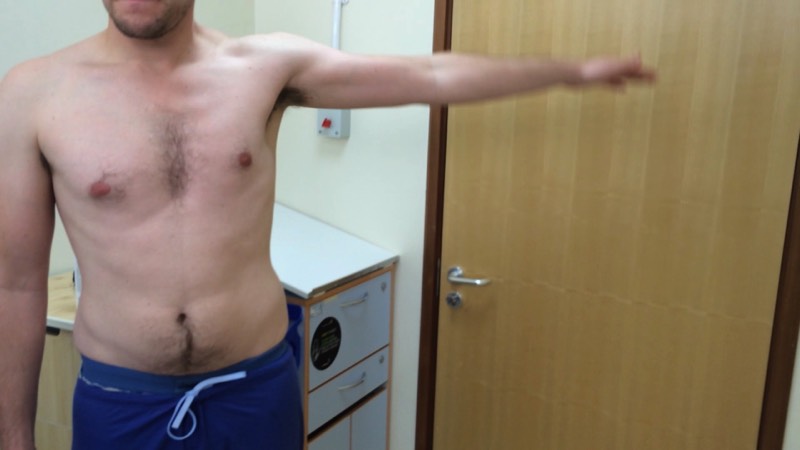
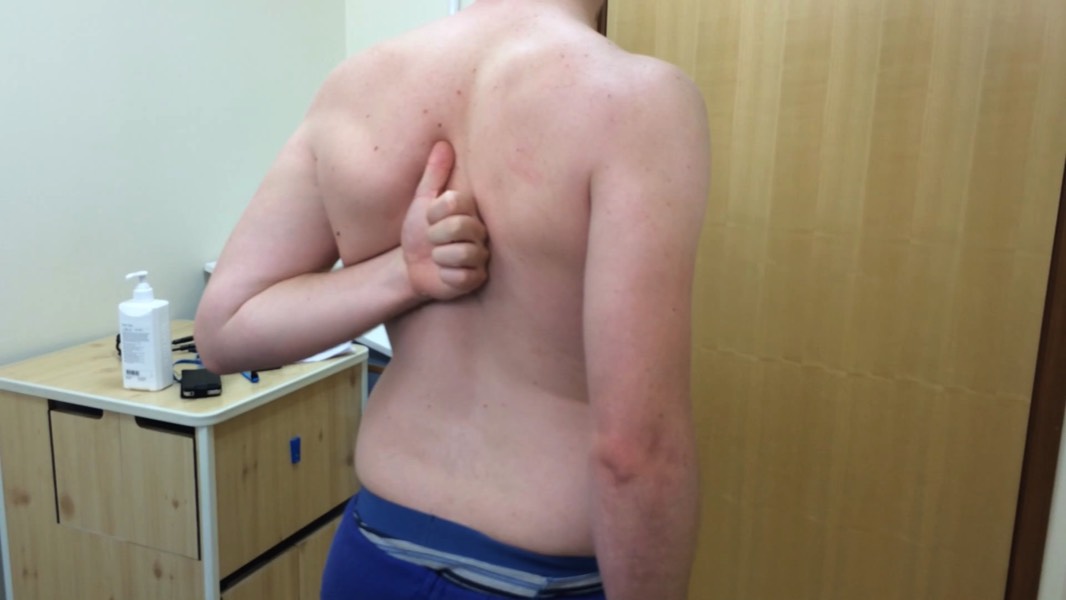
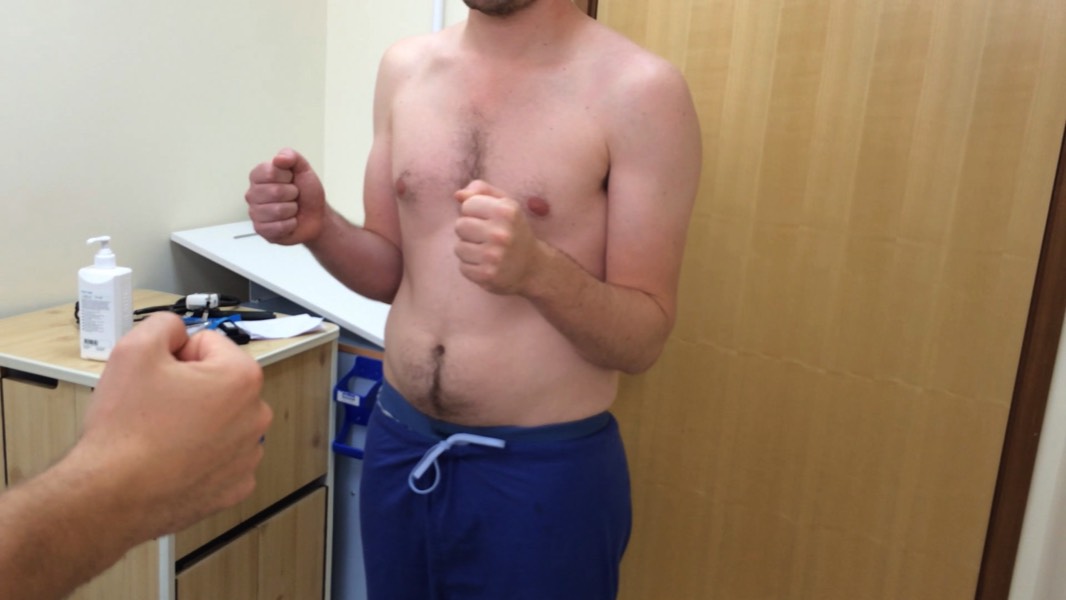
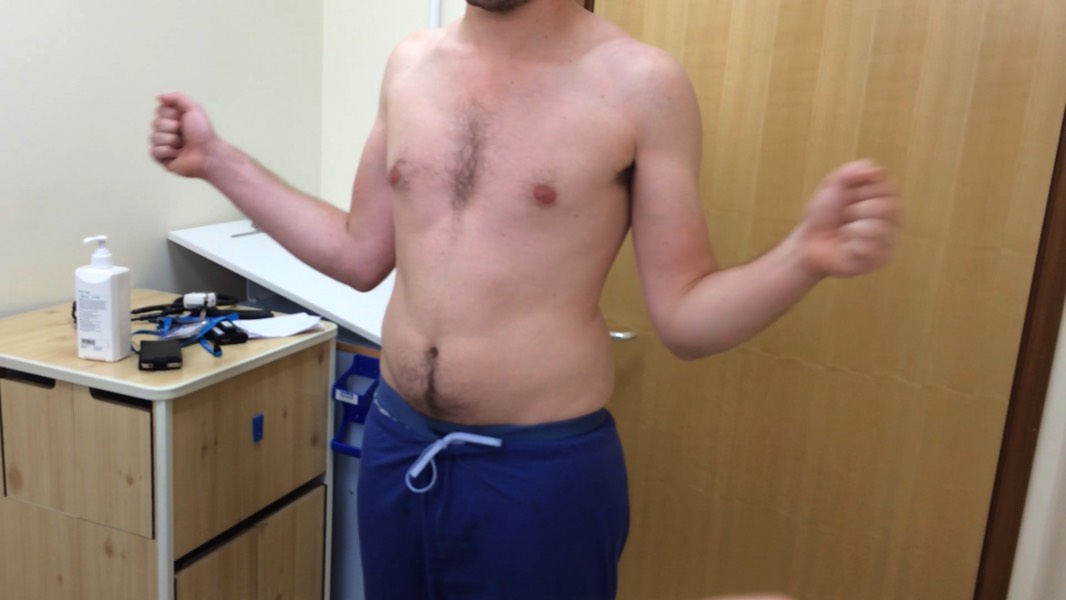
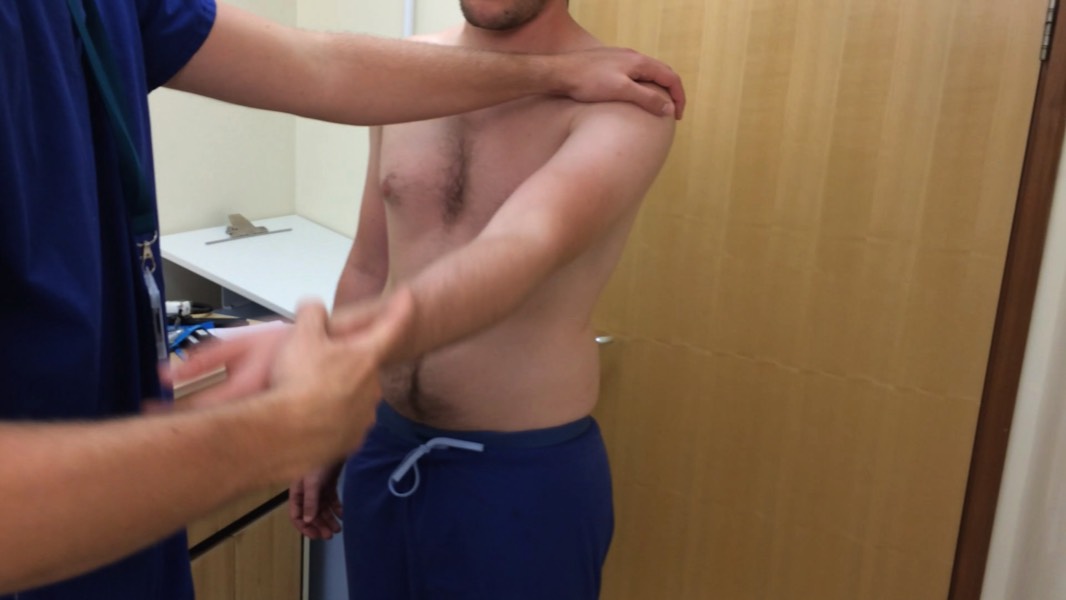
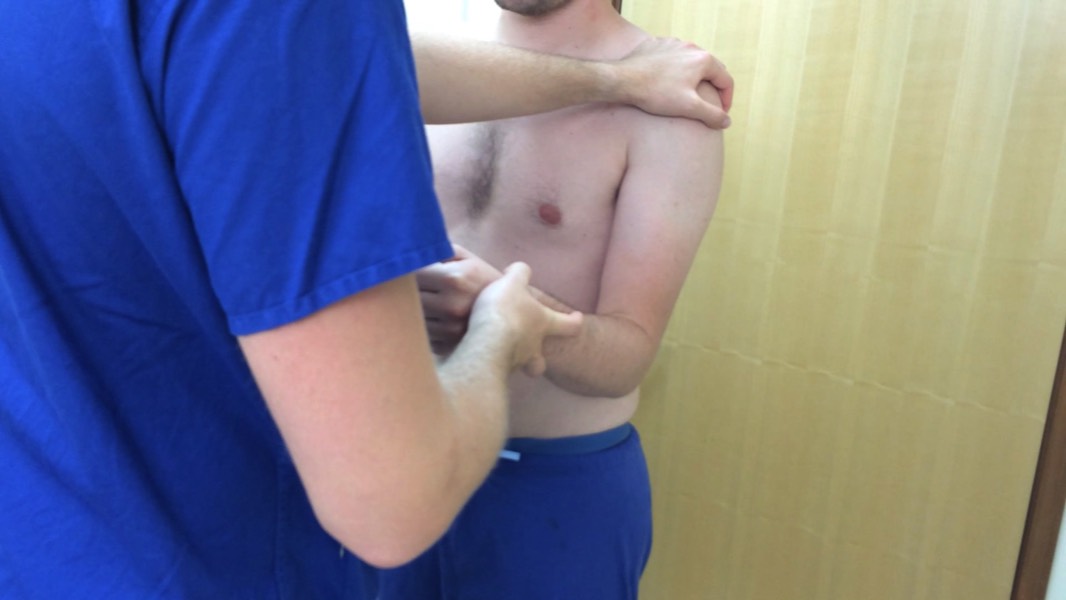
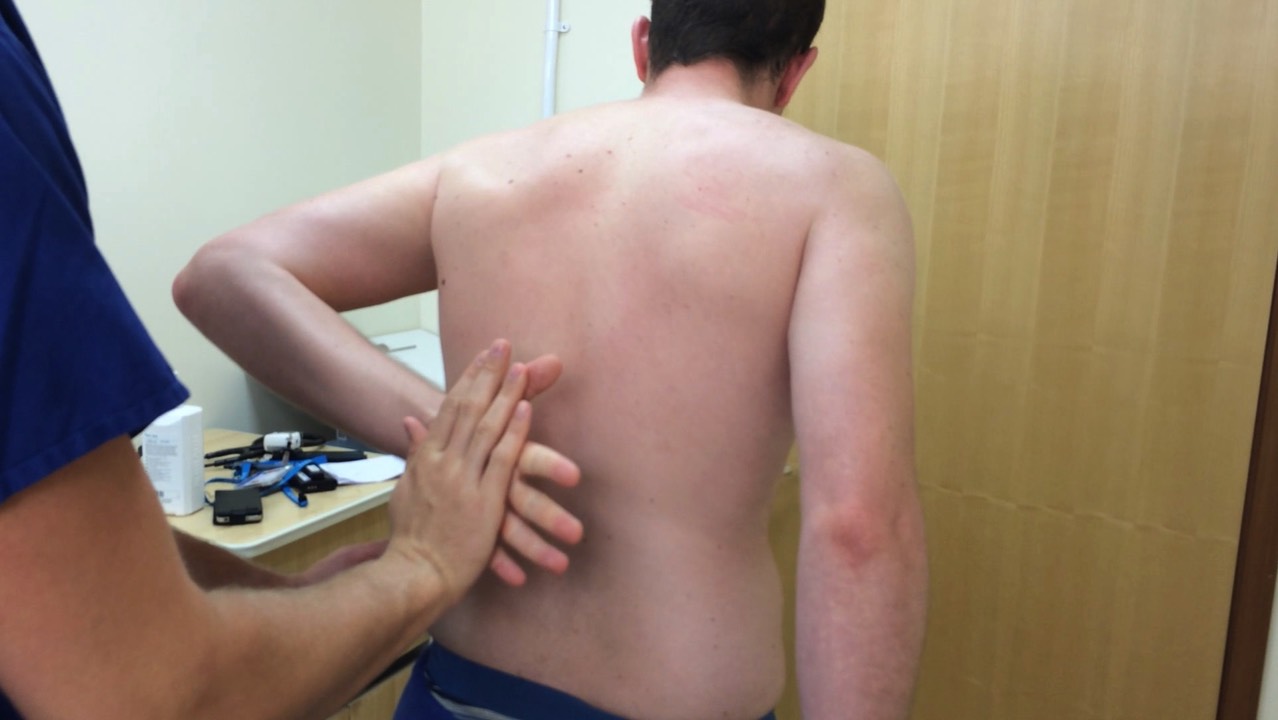
Special Tests
Serratus Anterior Function
- Scapula Winging: Ask patient to put hands with arms outstretched against a wall and push against it. Observe the scapulae from behind. (Winging occurs due to weakness of serratus anterior as a result of damage to long thoracic nerve, brachial plexus injury or viral infections of C5-7 nerve roots.)
Subacromial Impingement Tests
- Hawkin’s Impingement Test: place the shoulder out at 90 degrees with the arm hanging down, press back on the arm, internal rotation will cause pain with impingement of the supraspinatus tendon against the coraco-acromial ligament.
- Copeland/Jobe’s Test: The arm is held out to the side and patient internally rotates the shoulder as if pouring out a drink. Passive abduction in internal rotation is painful. Pain is eliminated with passive abduction in external rotation. This suggests the greater tuberosity is being driven up against the acromion.
- Apprehension Test: With the patient seated or supine, externally rotate the shoulder. The patient demonstrates apprehension that the shoulder will dislocate, and will often resist the activity.
- The Scarf Test: The scarf test is performed with the elbow flexed to 90 degrees, placing the patient's hand on their opposite shoulder and pushing back. Pain or discomfort is indicative of ACJ pathology.
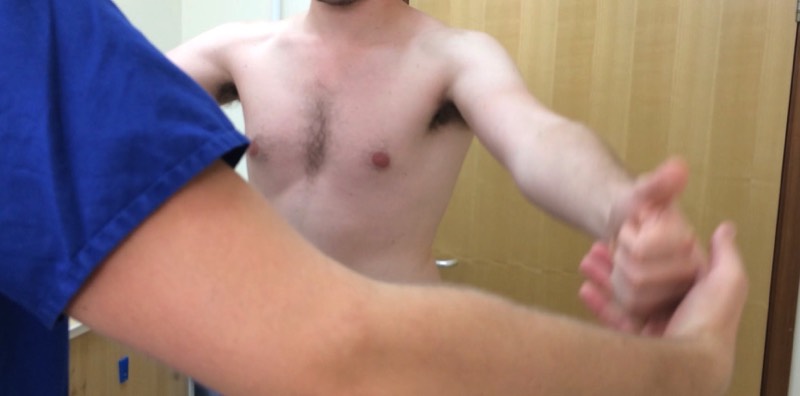
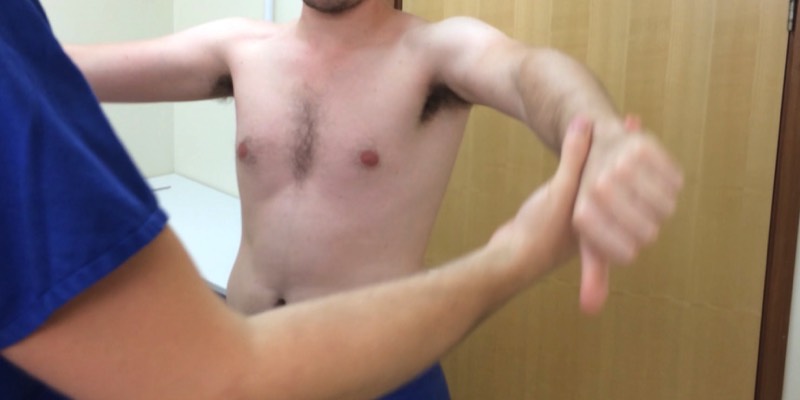
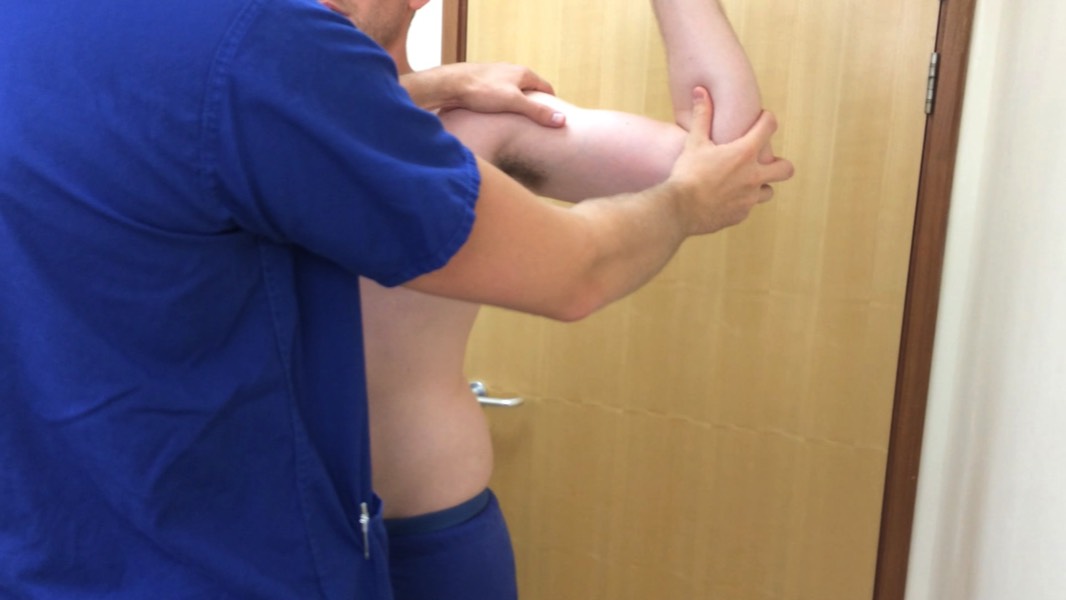
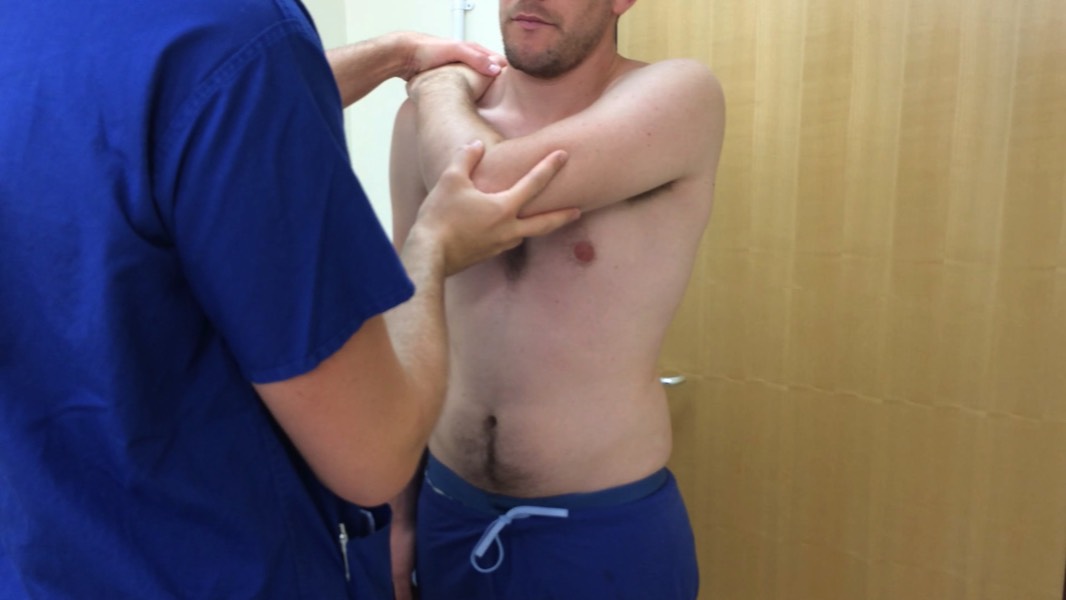
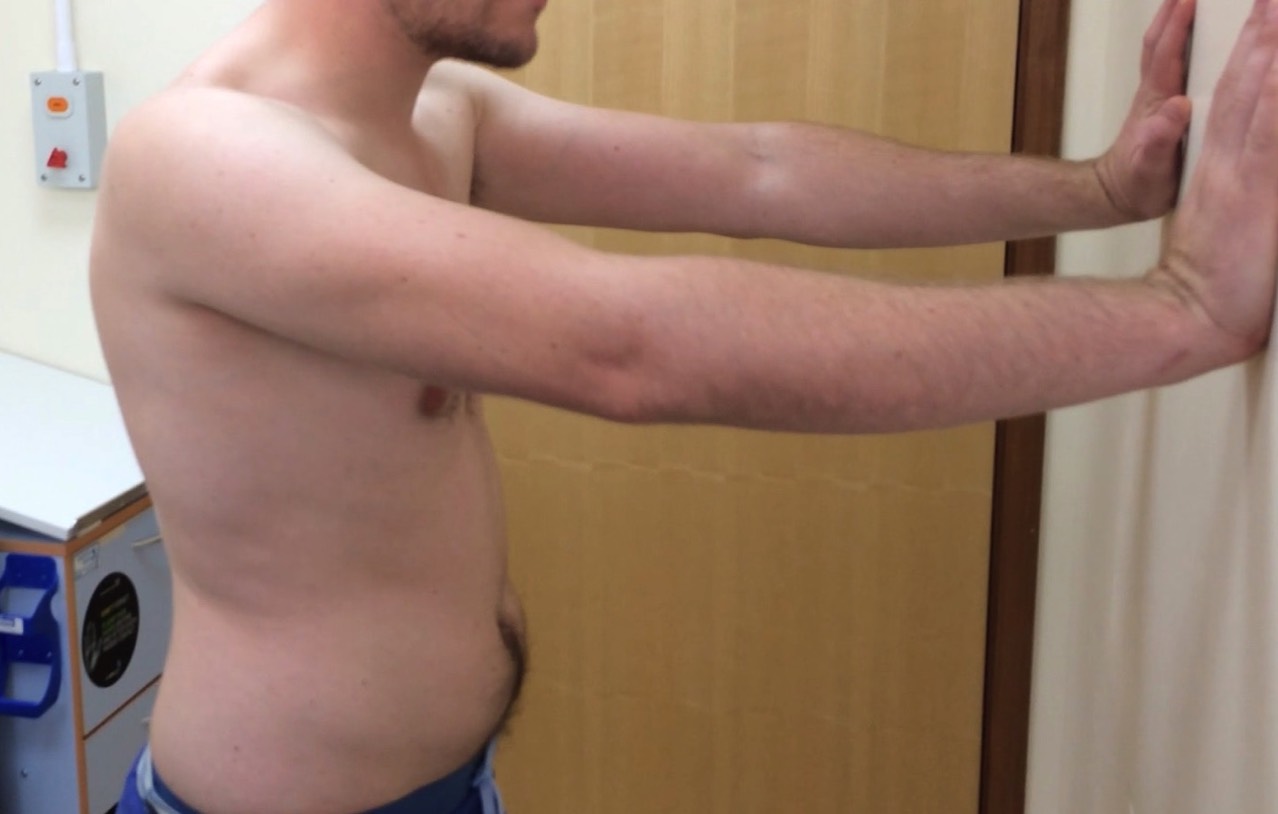
Closing
Thank the patient
Wash your hands
State that you would like to:
- Examine the joint above and below (cervical spine and elbow)
- Get AP and scapula-Y radiographs of the shoulder
- Assess the patient’s general fitness for surgery
P
Medical imagery licensed under Creative Commons Attribution-Share Alike license; sourced from Wikipedia
All other textual content, imagery, and website design copyright © 2014-22 MRCS Part B Questions all rights reserved.
Contact Us | Privacy Policy | Terms and Conditions
